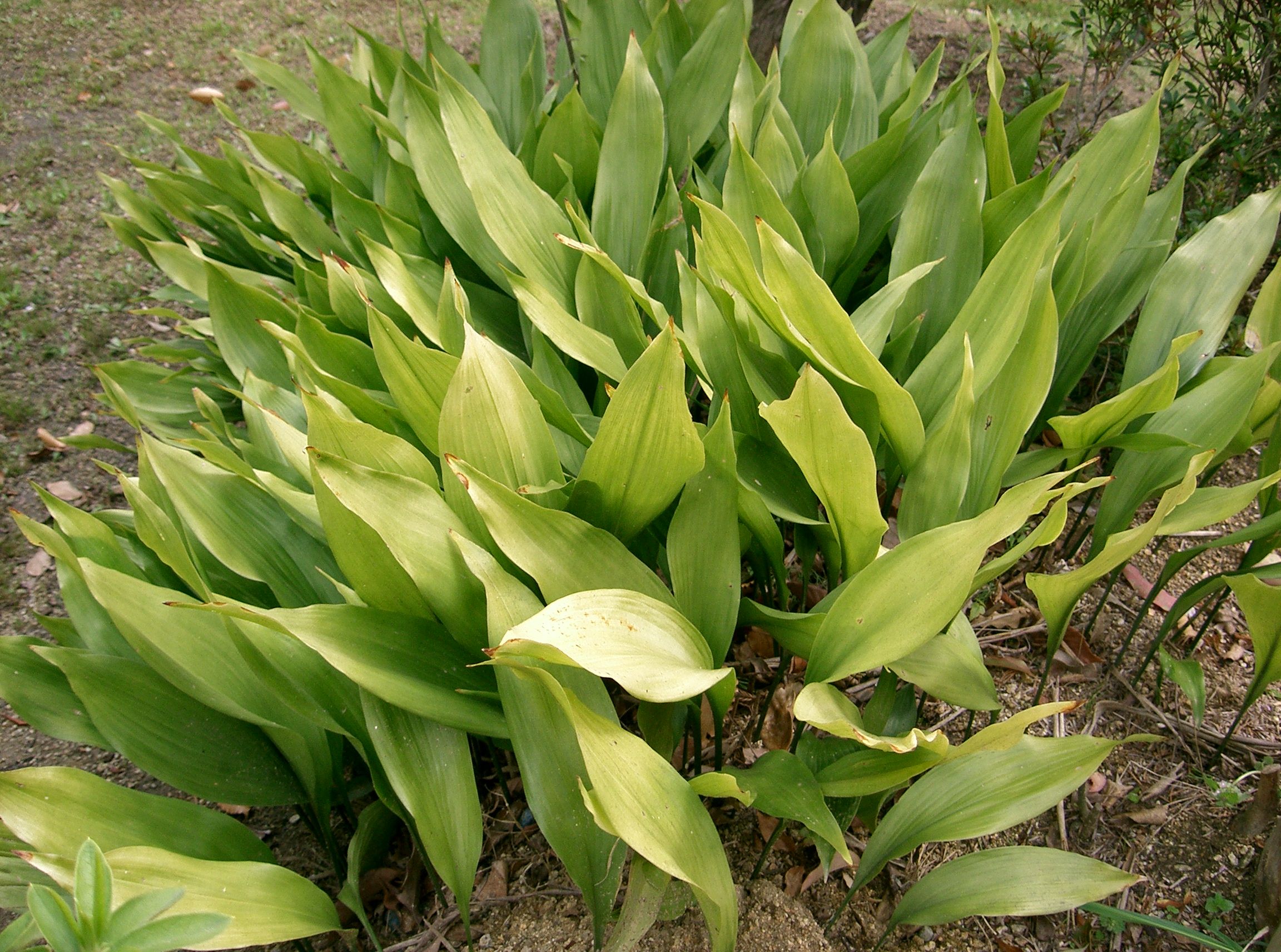Absolutely! Here’s a comprehensive article about the Aspidistra plant, designed to be informative and engaging, with your requested formatting changes.
The Aspidistra elatior, often simply called the Cast Iron Plant, holds a unique place in the world of houseplants. It’s a testament to resilience, thriving where many other plants would falter. Originating from the subtropical regions of Japan and Taiwan, this unassuming plant has earned its reputation as a survivor, a stalwart companion for both novice and experienced plant enthusiasts. This article delves into the fascinating world of the Aspidistra, exploring its history, characteristics, care, and the reasons behind its enduring popularity.
Victorian Era Popularity

The Aspidistra’s journey to global recognition began in the Victorian era. Its ability to tolerate low light, neglect, and the smoky atmosphere of Victorian homes made it an ideal choice for decorating parlors and hallways. It became a symbol of Victorian domesticity, often featured in literature and art, representing the quiet strength and endurance of the era.
Modern Revival
Today, the Aspidistra is experiencing a resurgence in popularity, driven by the same qualities that made it a Victorian favorite. In our busy, modern lives, its low-maintenance nature is a welcome relief. Furthermore, its elegant, arching leaves bring a touch of classic sophistication to contemporary interiors.
Physical Appearance
The Aspidistra is characterized by its long, lance-shaped leaves that emerge directly from the rhizome, a horizontal underground stem. These leaves are typically dark green, glossy, and can grow up to 2 feet in length. The plant’s slow growth rate contributes to its low-maintenance appeal. It forms clumps of foliage that create a lush, full appearance.
Flowering and Fruiting (Rare Occurrences)

While primarily grown for its foliage, the Aspidistra does produce flowers, though they are rarely seen in indoor settings. The flowers are small, purplish-brown, and grow at the base of the plant, often hidden beneath the soil. If pollinated, they can develop into small, berry-like fruits.
Common Varieties
Aspidistra elatior ‘Variegata’: This variety features leaves with creamy white stripes or margins, adding a touch of brightness to any space. It’s slightly more sensitive to direct sunlight than the standard green variety.
Light Requirements
The Aspidistra’s ability to tolerate low light is one of its most remarkable traits. It thrives in indirect, filtered light or even shade. Direct sunlight can scorch its leaves, so it’s best to avoid placing it in a south-facing window.
Watering Needs
Overwatering is the most common cause of problems with Aspidistra plants. Allow the soil to dry out almost completely between waterings. During the winter months, when growth slows down, watering should be reduced even further.
Soil and Potting
A well-draining potting mix is essential for Aspidistra. A standard houseplant mix amended with perlite or coarse sand will provide adequate drainage. Repotting is only necessary every few years, when the plant becomes root-bound.
Temperature and Humidity
The Aspidistra prefers average room temperatures between 60°F and 75°F (15°C and 24°C). It can tolerate slightly cooler temperatures but should be protected from frost. Average household humidity is sufficient, but it can also tolerate slightly higher humidity levels.
Fertilizing
Aspidistra plants are not heavy feeders. A light feeding with a balanced liquid fertilizer once or twice during the growing season (spring and summer) is sufficient. Avoid over-fertilizing, as this can lead to salt buildup in the soil.
Pest and Disease Resistance
The Aspidistra is remarkably resistant to pests and diseases. However, occasional problems with scale insects or mealybugs may occur. These can be treated with insecticidal soap or neem oil. Root rot can occur if the plant is overwatered.
Yellowing Leaves
Overwatering: Allow the soil to dry out more between waterings.
Brown Leaf Tips
Dry Air: Increase humidity by misting the plant or placing it on a pebble tray.
Slow Growth
Insufficient Light: Ensure the plant is receiving adequate indirect light.
Versatility in Design
The Aspidistra’s classic appearance makes it a versatile addition to any interior style. It complements both traditional and contemporary designs, adding a touch of understated elegance.
Placement Ideas
Low-Light Areas: Ideal for hallways, bathrooms, and corners of rooms that receive little natural light.
Container Choices
Terracotta Pots: Their porous nature helps to prevent overwatering.
The Aspidistra’s enduring popularity is a testament to its resilience, adaptability, and timeless appeal. It’s a plant that has stood the test of time, adapting to changing environments and lifestyles. Its ability to thrive in less-than-ideal conditions makes it an ideal choice for modern homes, where convenience and low-maintenance are highly valued.
In a world filled with fleeting trends, the Aspidistra remains a constant, a symbol of quiet strength and enduring beauty. Its ability to thrive with minimal care makes it a perfect companion for busy individuals and those new to plant care. Whether you’re a seasoned plant enthusiast or a novice gardener, the Aspidistra is a reliable and rewarding addition to any indoor space, bringing a touch of Victorian charm and natural elegance to your home.
